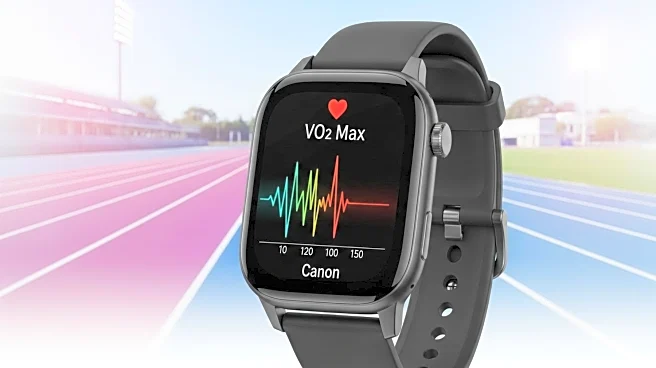What is the story about?
What's Happening?
VO2 max, a measure of aerobic capacity, is crucial for runners aiming to improve their performance. It represents the maximum rate of oxygen consumption during exercise. Training to boost VO2 max involves interval workouts and high-intensity sessions, which can significantly enhance running efficiency. Research indicates that runners who engage in interval training see greater improvements in VO2 max compared to those who stick to moderate-paced workouts. The article outlines five specific workouts designed to challenge and improve VO2 max.
Why It's Important?
Improving VO2 max is vital for runners seeking to enhance their speed and endurance. A higher VO2 max allows athletes to perform at greater intensities and recover more efficiently. This focus on aerobic capacity is part of a broader trend in fitness where data-driven approaches are used to optimize training outcomes. As wearable technology becomes more prevalent, athletes can track their VO2 max and adjust their training regimens accordingly, leading to more personalized and effective fitness strategies.
What's Next?
As more athletes adopt VO2 max-focused training, there may be increased demand for performance testing facilities and wearable technology that accurately measures this metric. Fitness programs and coaches might integrate VO2 max training into their offerings, providing tailored plans to help athletes achieve their goals. Additionally, ongoing research into the most effective methods for improving VO2 max could lead to new insights and innovations in sports science.
Beyond the Headlines
The emphasis on VO2 max highlights the intersection of technology and fitness, where data analytics play a crucial role in training optimization. This trend may lead to ethical considerations regarding data privacy and the use of personal health metrics. Furthermore, the focus on VO2 max could influence how fitness is marketed, with a shift towards evidence-based approaches that prioritize measurable outcomes.
AI Generated Content
Do you find this article useful?













